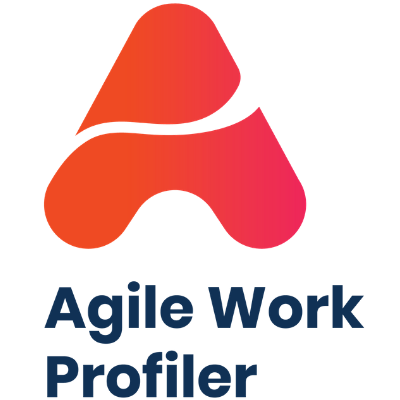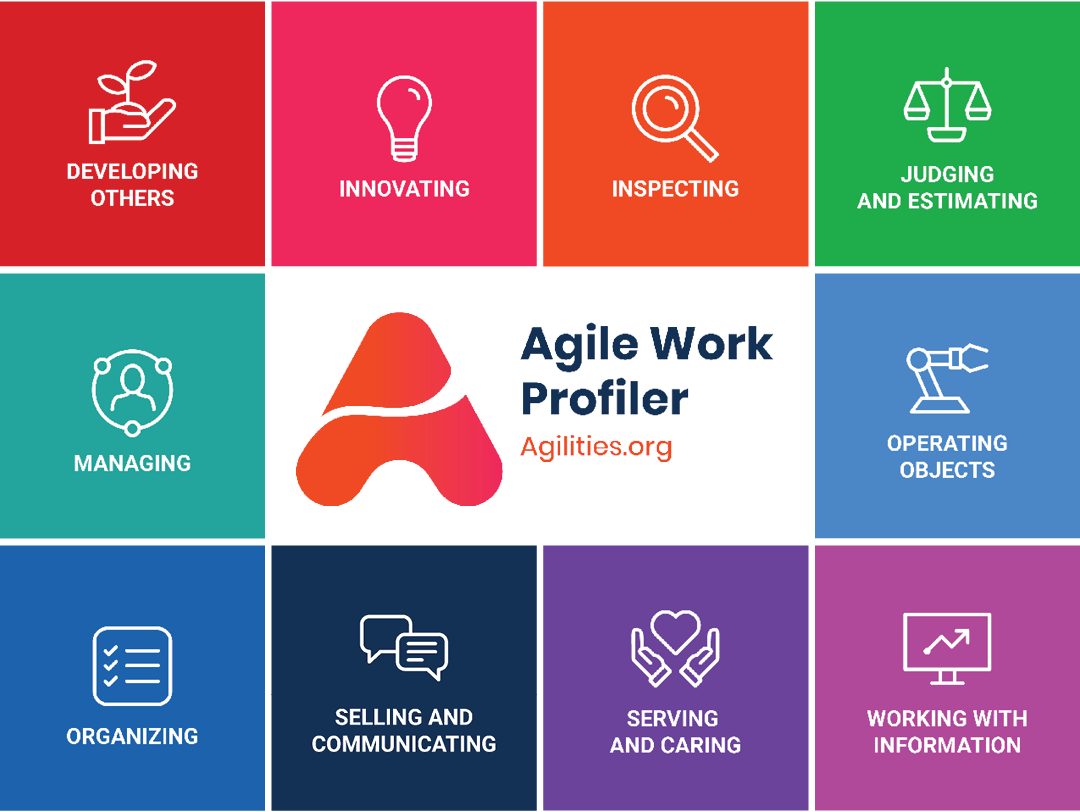Link copied to clipboard
Written collaboratively by The DeBruce Foundation team
Back in 2014, our team asked ourselves questions: How do we equip individuals to succeed in our workforce, now, and in the future? How do we help people change careers easily, while staying true to themselves?
Trends in our economy indicated big changes coming our way. You might have noticed some of these already in your own life – have you switched jobs multiple times rather than staying in the same one? Do you plan to stay in the same job over the course of your career?
In today’s workforce, it is likely that you will change jobs multiple times across your career journey. The concept of one, long-term career is increasingly becoming a 20th-century relic. Many of us were taught to view the kind of work we do as a fixed choice, rather than a stream of different twists and turns over time that draw on various skills we possess, acquire along the way, and transfer from one setting or job to another. It was time to reimagine how we equip people to pursue such dynamic careers.
No matter the workforce trends, individuals have a wealth of skills and experiences that equip them to bring value in the workforce. We set out to help people navigate their careers in a different way, to build resiliency and agility so they can chart dynamic career paths and achieve greater income stability and opportunity in the contemporary world of work.
This first meant diving into research and data. The Bureau of Labor Statistics collects information on nearly 1,000 jobs in our economy. This information includes data on the activities, abilities, and skills used in those jobs and what makes an individual effective in them. We re-analyzed this data and used advanced estimation techniques to synthesize this information in a new way – into clusters of work activities we now call “Agilities.” The below Agilities are used in every single job in the U.S. Economy:
- Developing Others
- Innovating
- Inspecting
- Judging and Estimating
- Managing
- Operating Objects
- Organizing
- Selling and Communicating
- Serving and Caring
- Working with Information
No matter what you do for a living, you’re using each of these Agilities in different degrees, as every job uses all the Agilities in varying amounts. For example, a physical therapist uses Serving and Caring, Innovating, and Judging and Estimating Agilities most frequently, while a carpenter uses Operating Objects, Inspecting, and Judging and Estimating Agilities most frequently.
Here’s where the grouping of Agilities becomes especially relevant in career-switching: There are many jobs that may seem vastly different from each other yet use similar Agilities. For example, a plumber utilizes the same top Agility as a radiation therapist; a locksmith utilizes the same top Agility as a travel agent; and a kindergarten teacher utilizes the same top Agilities as a family therapist and an aerobics instructor. Thus, skills honed in one job can help an individual to succeed when they pivot to a completely different career.
We developed the Agile Work Profiler (AWP) to help individuals discover their work-related strengths and interests in ways that broaden their sense of career opportunities available to them. When you take the Agile Work Profiler, you will receive a ranked list of your Agilities. This ranked list is based on not only the Agilities you are best at using, but also the ones you most enjoy using.
Unlike other “profilers” or career assessments that match you to one specific career in which you might do well, the AWP enables you to explore a wide range of economic sectors, occupations, and jobs in which you can succeed.
Perhaps you are looking to make a career change or need to find a new job. Understanding your Agilities expands the number of career options you have in front of you, without necessarily needing to pursue new education, credentialing, or personal change. And if you do need to re-equip yourself in certain ways, then the AWP and the associated career explorer tools guide you in your new path as well.
Are you looking to advance within your current profession? You can identify an Agility you would like to improve, and work on gaining experience and expertise in that area.
Or, if you are just starting your career, but are unsure of the path you might like, your top Agilities can point you in the direction of careers that will benefit from your skills and interests.
All of this information, no matter where you are on your career journey, leads to more informed career decisions.
Since we launched it in 2018, more than 26,000 people have taken the AWP. We are learning every day about the impact of individuals identifying their interests, affirming the skills they have, and exploring their options in the workforce. Now that you have had the behind-the-scenes look at the Agile Work Profiler, we invite you to discover, or rediscover, your Agilities.



